I’m excited to dive into something special today. We’re taking a closer look at the Epomaker EK98, a product that marks our first order. Whether you’re a keyboard enthusiast or just curious about what this model has to offer, I’ve got you covered. So, let’s get into the nitty-gritty and see what makes the EK98 stand out.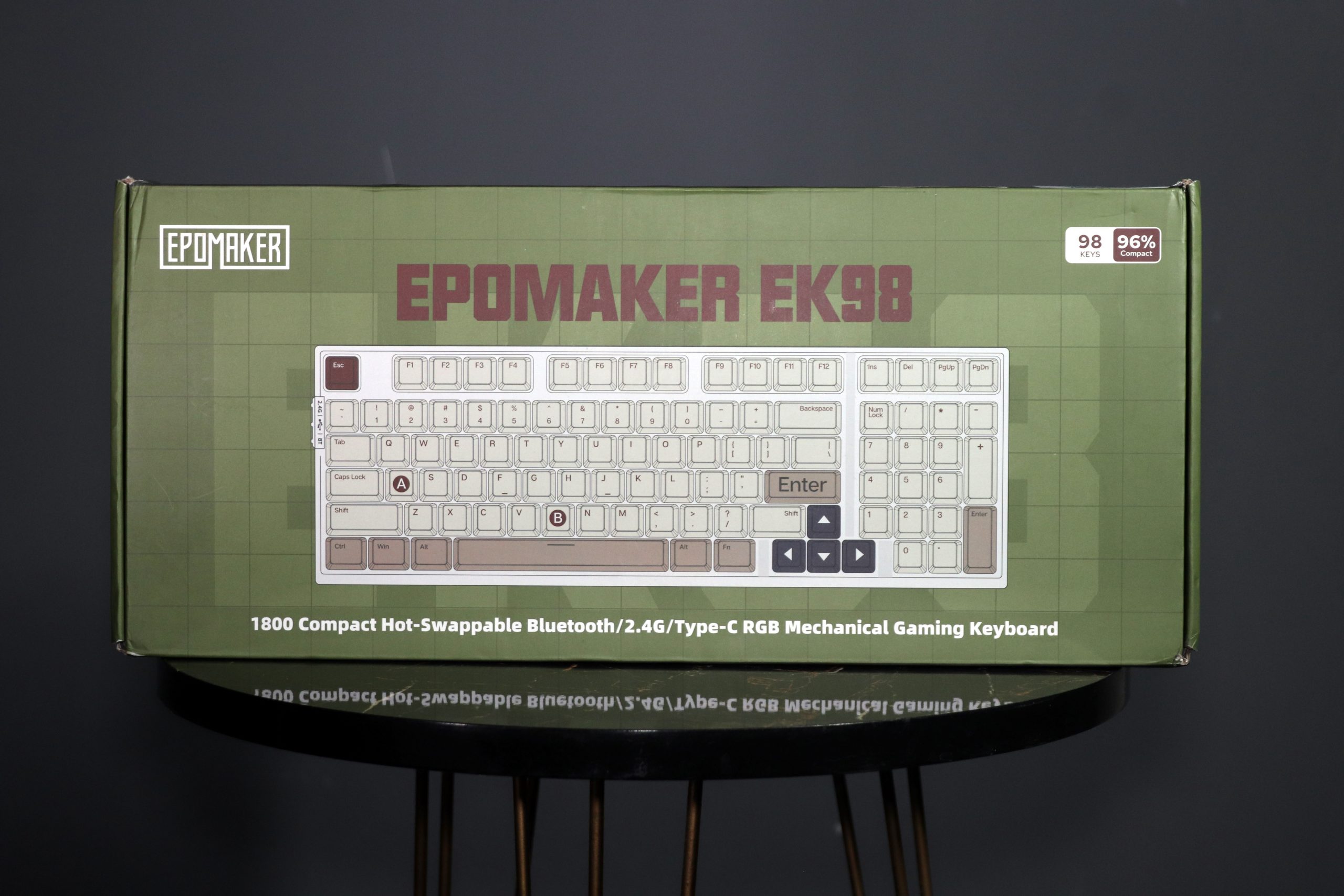
Now, I’ve had the chance to unbox it, record a first look, and most importantly, put it through its paces over the past week. This keyboard has been my go-to, my primary driver, and I haven’t touched any other keyboard during this time. So, what I’m sharing today is a result of my hands-on experience, no fluff, just genuine insights.
Epomaker did send this unit over, but don’t worry—this isn’t a sponsored post, so all opinions are my own. Stick with me through this review, and I’ll walk you through everything, from unboxing to design, features, and my overall experience. So, without further ado, let’s kick things off by talking about the design of this intriguing 97-key keyboard.
Unboxing Experience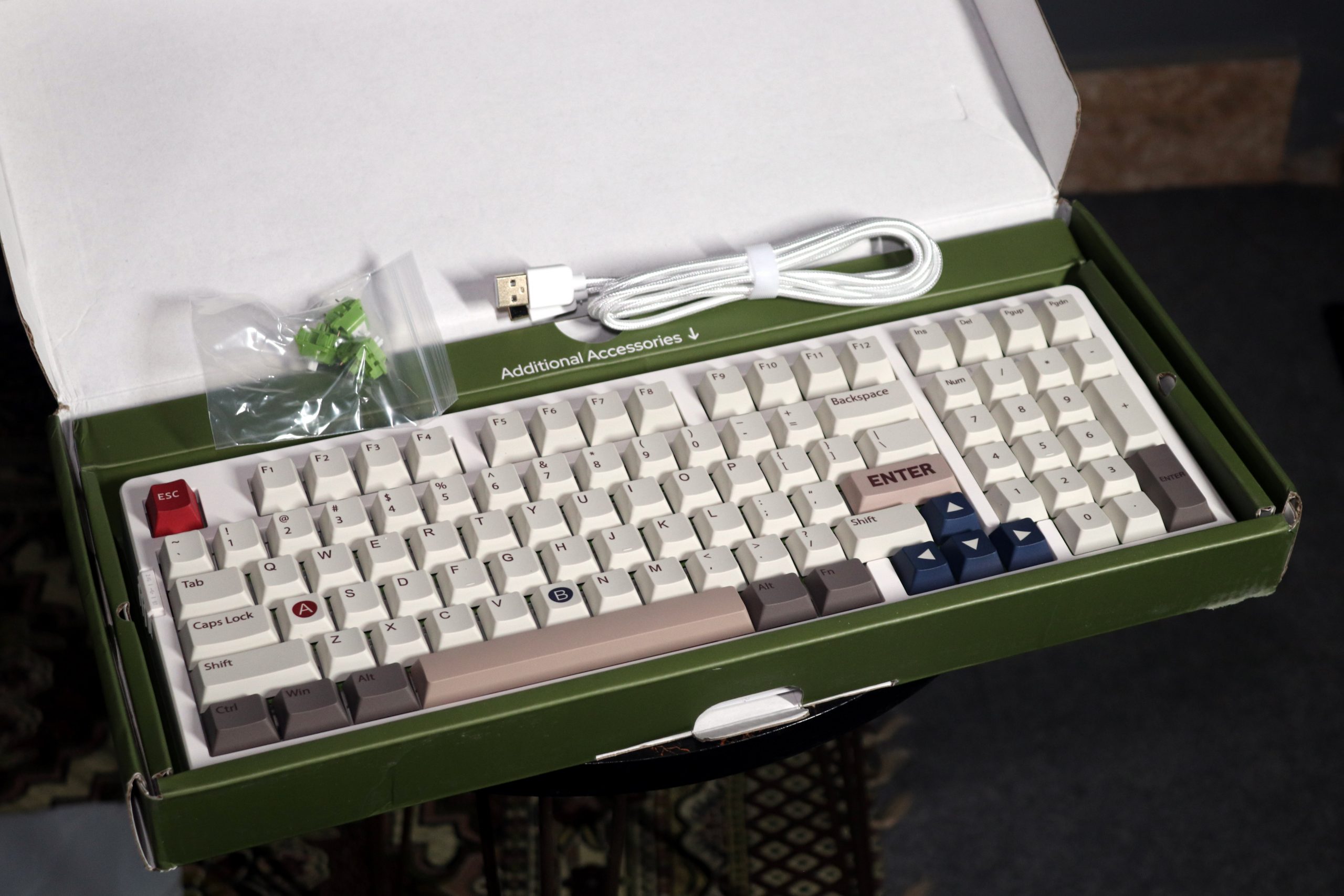
Unboxing the Epomaker EK98 was an experience in itself. As I peeled back the layers of packaging, the first thing that struck me was how well the keyboard was protected. Epomaker put thought into making sure the EK98 arrived in pristine condition. The box was sturdy, and inside, the keyboard was neatly nestled in foam, with all the accessories organized in their respective compartments.
As I lifted the EK98 out of the box, the first thing that hit me was the weight—it felt solid, and reassuringly hefty, which is always a good sign for a keyboard. The keyboard came with a USB-C cable, a keycap puller, and a few extra switches, which I appreciated as someone who likes to tinker with their setup.
The initial impression was positive, and I was eager to start using it. I quickly connected it to my setup and began testing it right away. Over the past week, this keyboard has been my primary companion, replacing all others on my desk. The unboxing set the tone for what was to come—a week of discovering the nuances of this device, which I’ll delve into throughout this review. So, stick around as I share my genuine experiences with the EK98, starting with its design.
Design
When I first got my hands on the Epomaker EK98, the design immediately caught my eye. It strikes a balance between functionality and a sleek aesthetic that doesn’t scream for attention but holds it. With its 97 keys laid out in an 1800 compact form factor, this keyboard is an excellent choice for those who need all the essentials—numpad, arrow keys, and function keys—without the bulk of a traditional full-sized keyboard. Over the past week, as this has been my main keyboard, I’ve found it to be an efficient use of desk space, making it ideal for both work and play, though it did take me a few days to adjust from my previous, larger setup.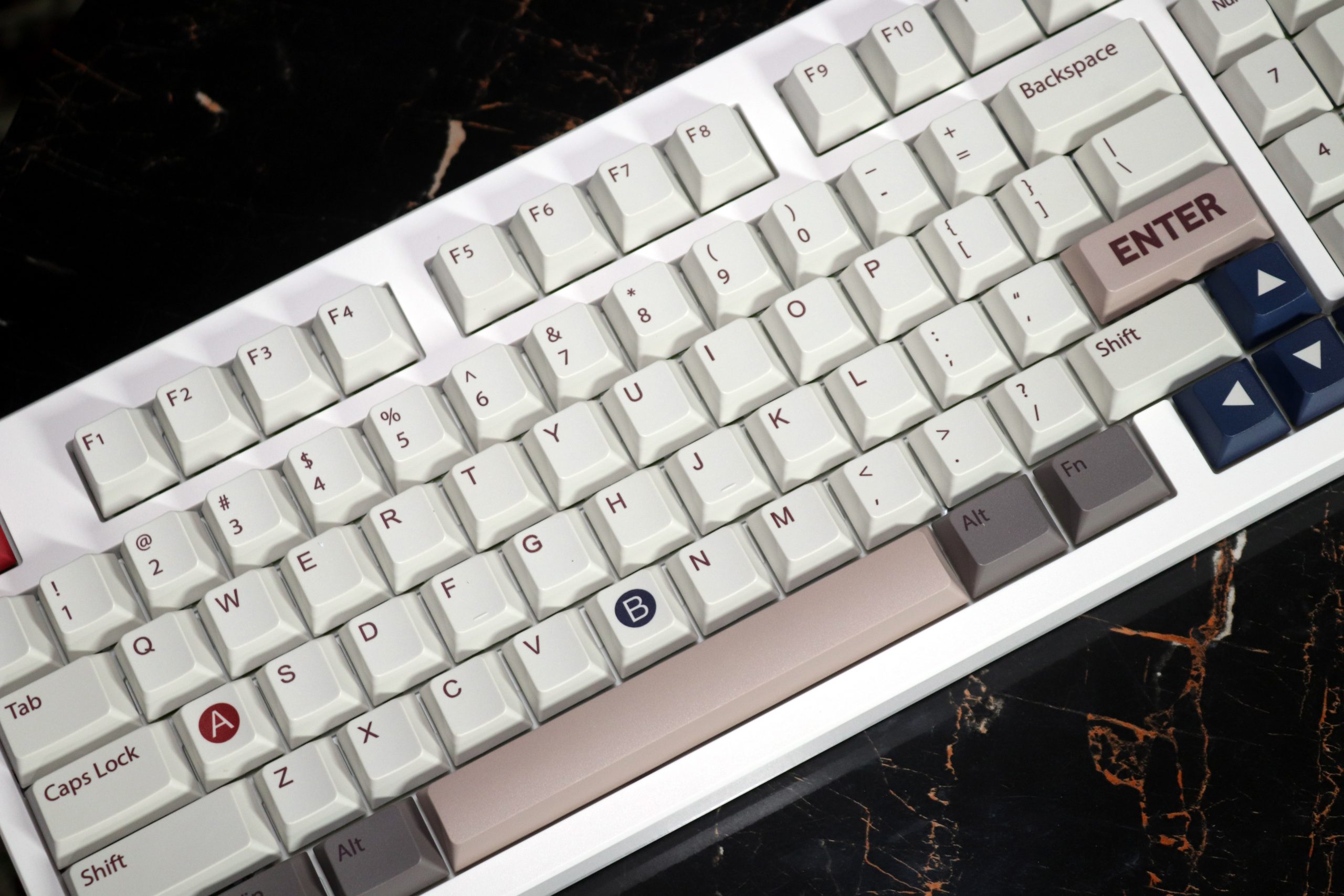
However, I did notice that the legends aren’t backlit, which could be a drawback for those who prefer typing in low-light conditions.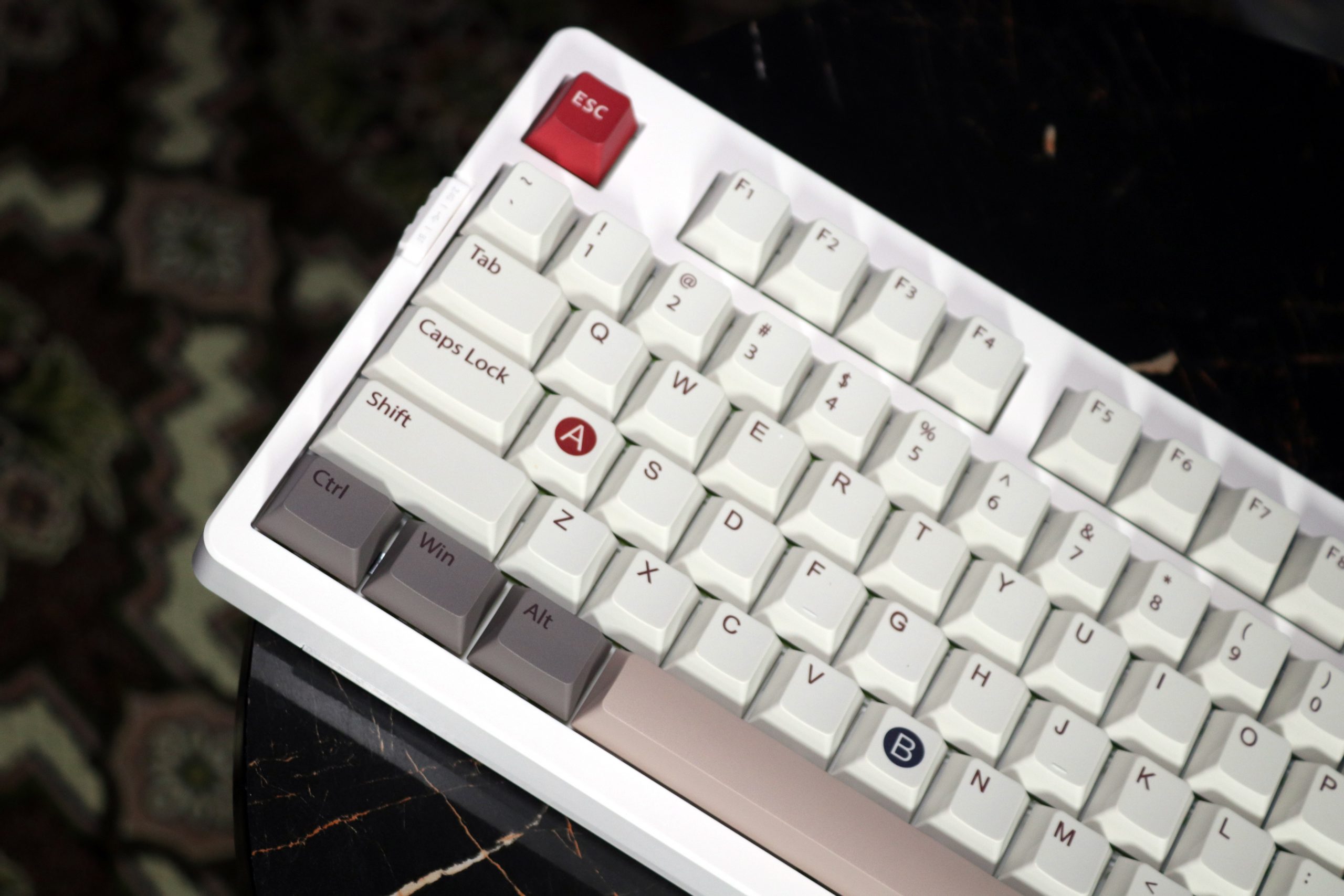
The build quality of the EK98 feels solid yet flexible, thanks to the PC-made plate and the Latex sandwich foam gasketing. This combination not only dampens sound but also provides a cushioned, almost bouncy feel when typing, which I’ve grown to like. However, I can see how some might find it too soft if they’re used to a more rigid setup. The design is not just about aesthetics; it’s thoughtfully constructed to enhance the typing experience, making it feel like each keypress is deliberate and precise.
Switches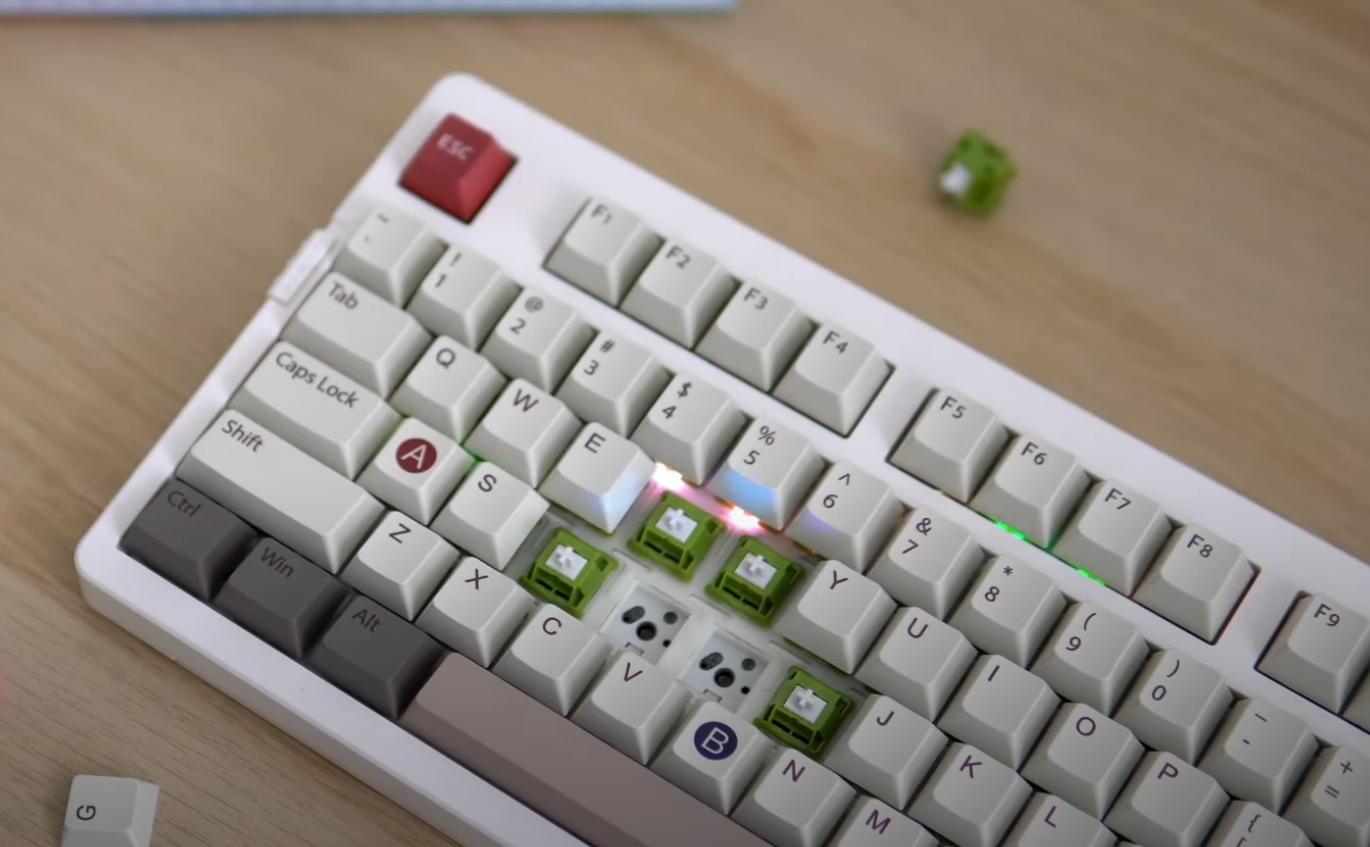
Switches are the heart and soul of any mechanical keyboard, and the Epomaker EK98 doesn’t disappoint in this department. As someone who has spent a solid week with this keyboard as my daily driver, I’ve had ample time to truly feel out the switches and their nuances.
The EK98 offers a choice of three different switches: Peace Lily, MOLAN, and ZEEBO. The model I’ve been using comes with the Peace Lily switches, which are linear and require an actuation force of around 42 to 45 grams. For those unfamiliar, linear switches provide a smooth, uninterrupted keystroke without any tactile bump or audible click. This makes them ideal for fast typing or gaming sessions where you want minimal resistance between you and the keypress. The green-colored Peace Lily switches have been a joy to type on, providing a nice balance between responsiveness and comfort.
What’s impressive about the EK98 is that the PCB is hot-swappable, meaning you can easily change out the switches without soldering. Whether you prefer a more tactile switch or something quieter, you can swap them out as you please. I haven’t tried the MOLAN or ZEEBO switches yet, but knowing that they’re an option gives this keyboard an added layer of versatility.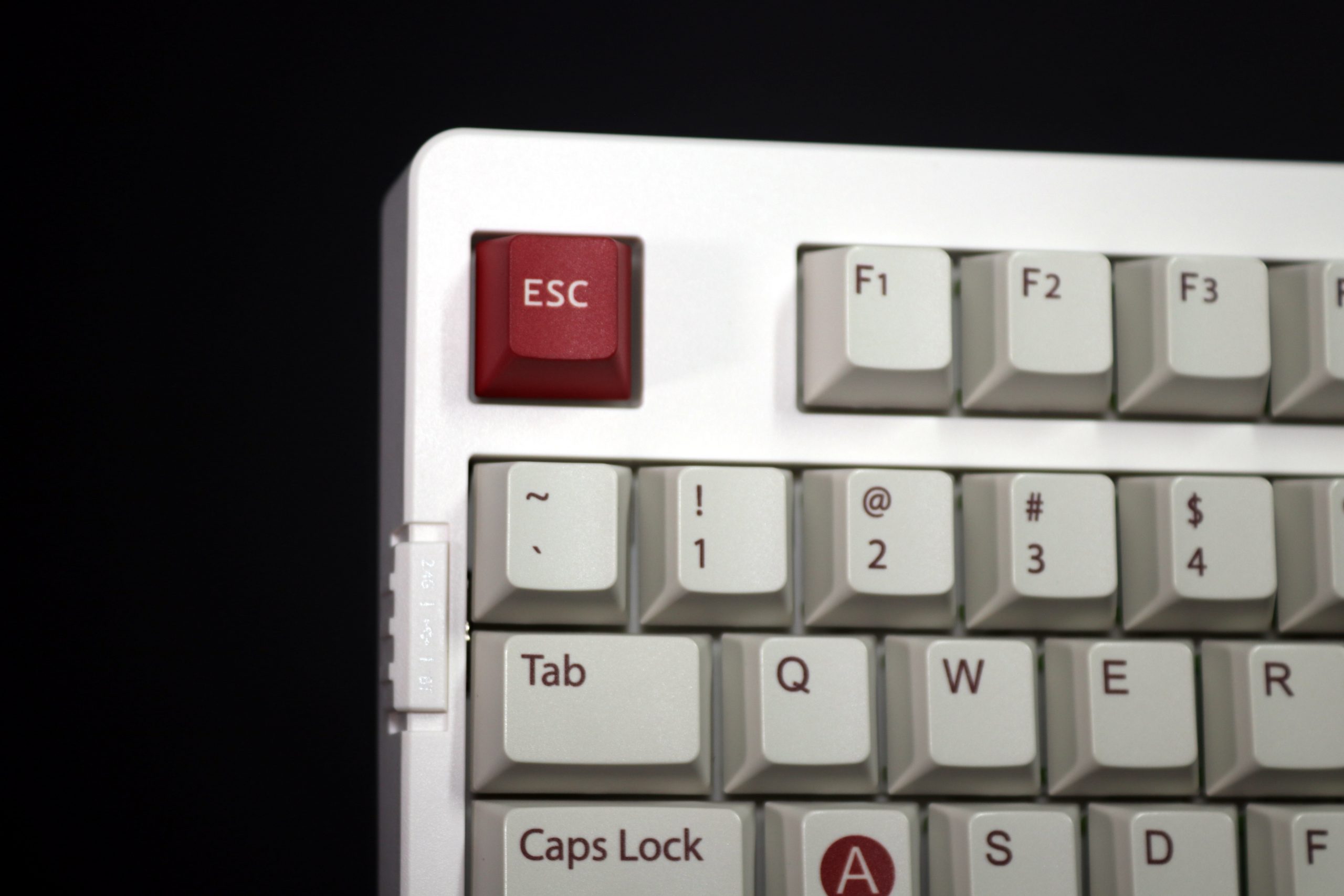
All switches come pre-lubed from the factory, which helps in delivering a smoother keystroke right out of the box. The pre-lubing also contributes to the switches’ longevity, with a lifespan of up to 50 million keystrokes—so you can type away for years without worrying about wear and tear.
One aspect that stood out to me was the Latex sandwich foam and PC-made plate combination used in the EK98’s construction. This setup provides a slight flex when typing, which I found particularly comfortable during long typing sessions. The switches feel solid, yet cushioned, making every keystroke satisfying. However, if you’re someone who prefers a more rigid typing experience, this might feel a bit too soft for your liking.
Battery Performance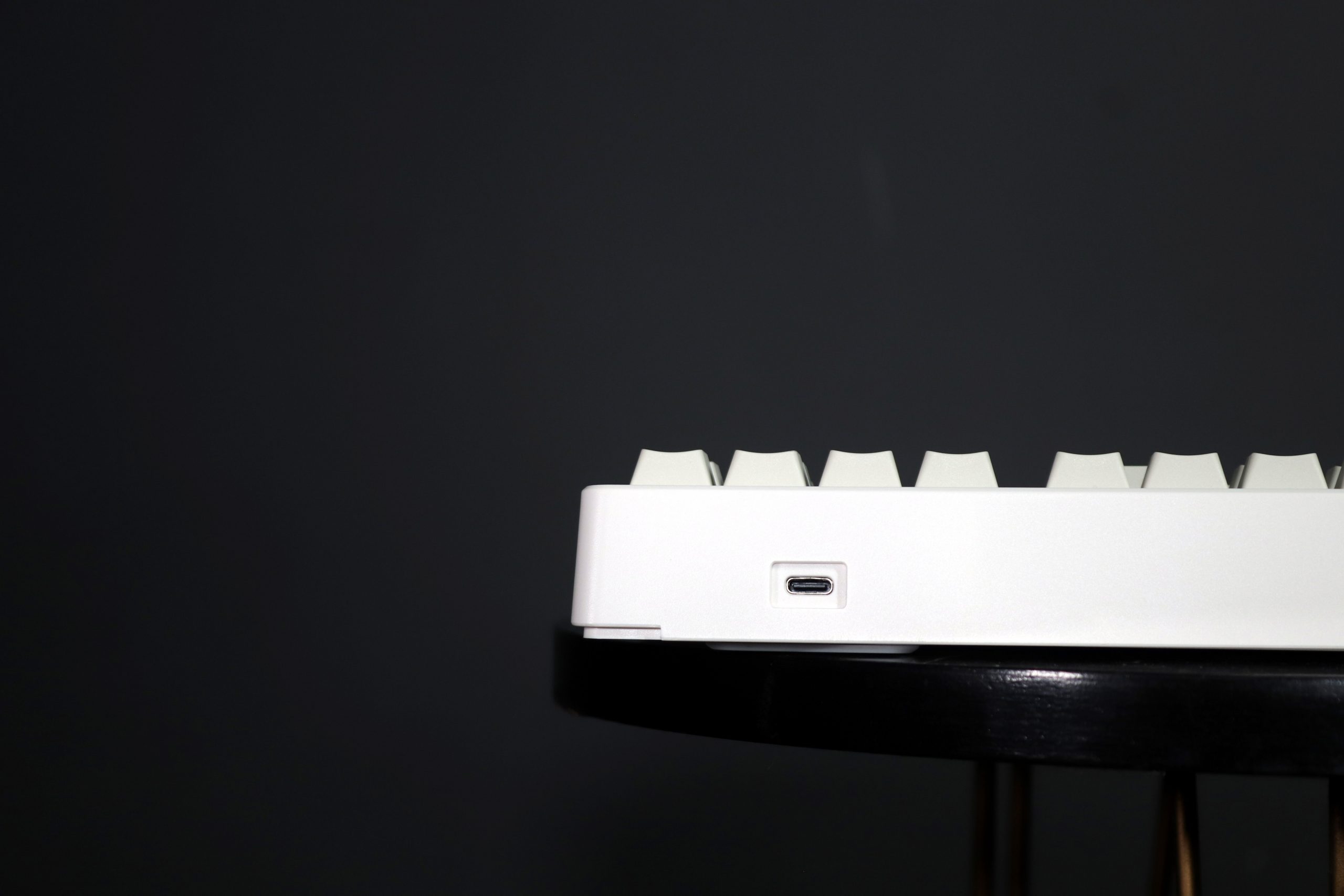
The Epomaker EK98’s battery performance has been quiet throughout my week of testing. With its 3000 mAh battery, Epomaker promises a decent amount of usage time, and the keyboard certainly delivers. I’ve used this as my main keyboard for about 4 to 5 hours a day, and by the end of the week, I still had around 4 cells remaining, which suggests that it can easily last about 10 days on a single charge. This kind of longevity is fantastic, especially for those of us who prefer not to be tethered to a charging cable all the time.
That said, while the battery life is solid, it’s worth noting that if you’re someone who pushes their devices to the limit with heavy RGB usage or non-stop gaming sessions, you might find yourself reaching for the charger a bit sooner. But for everyday typing and moderate use, this keyboard’s battery will comfortably see you through the week, making it a dependable choice for those who value both portability and performance.
Connectivity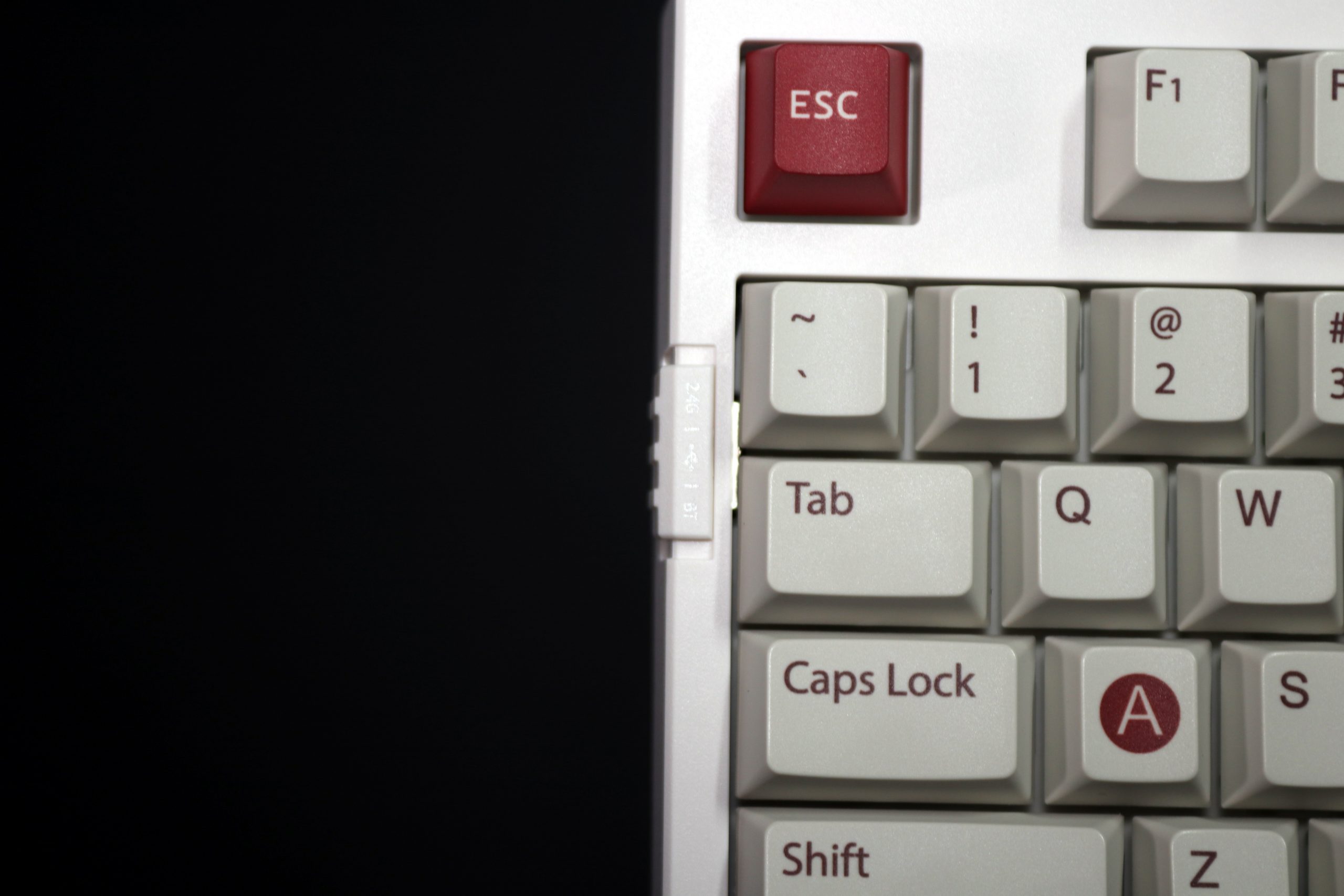
Switching between connectivity modes—Bluetooth 5.0, 2.4 GHz wireless, and wired—was generally smooth, although there were occasional hiccups when moving from one mode to another. For instance, when shifting from Bluetooth to the 2.4 GHz mode, there was sometimes a slight delay, around 2 to 3 seconds, before the connection stabilized. However, once connected, the keyboard performed flawlessly, with minimal latency. I found that when reconnecting to a previously paired device, a simple tap on any key instantly re-established the connection, which is a small but appreciated convenience.
Gaming Performance
This keyboard is designed with a blend of features that cater to both casual and competitive gamers. The switch options, including the Peace Lily switches I have, are smooth and responsive, with a 42 to 45-gram actuation force that feels just right for fast-paced gaming sessions. The linear nature of these switches ensures that there’s no tactile bump or audible click to disrupt your focus, allowing for quick and quiet keystrokes.
The keyboard’s RGB lighting, although south-facing, adds a touch of flair to your setup without being overpowering. It’s fully customizable, letting you tweak the lighting to match your gaming rig or mood. The RGB effects, while not the brightest due to the keycap design, offer enough versatility to create a visually engaging environment. Plus, the ability to adjust the lighting intensity on the fly with simple keypresses is a nice touch for those who like to fine-tune their setup.
Verdict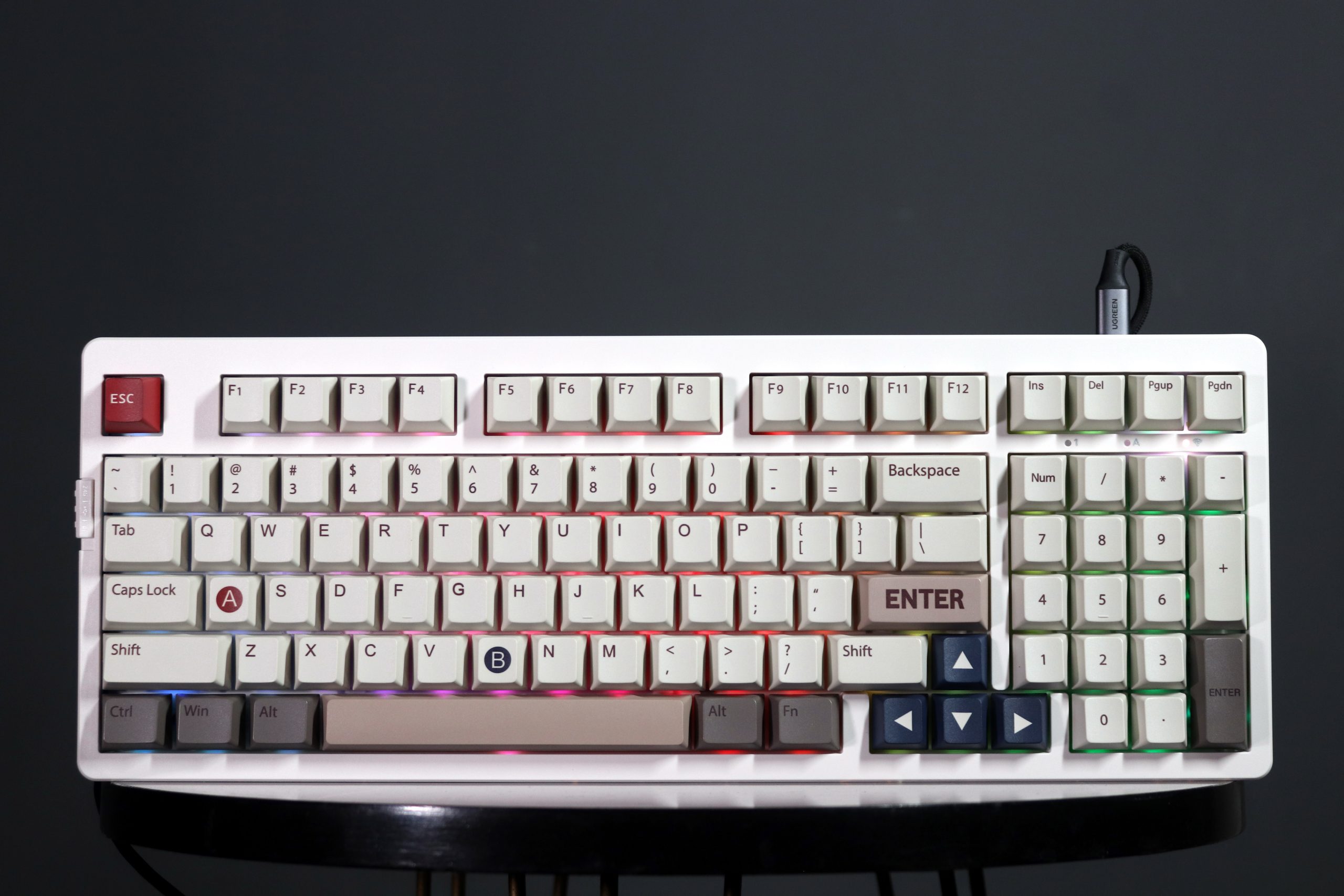
After using the Epomaker EK98 as my primary keyboard for the past week, I’ve gathered a solid understanding of its strengths and quirks. Overall, it’s a well-rounded keyboard that should cater to a variety of users, from gamers to typists. The 1800 form factor strikes a nice balance between functionality and compactness, making it a good choice if you’re looking to save desk space without giving up essential keys like the Numpad and function row. However, transitioning from a full-sized keyboard might require a brief adjustment period.
The hot-swappable switches are a highlight, allowing for customization that can enhance your typing experience. The Peace Lily switches that came with my review unit offer a smooth, linear feel, though they’re not the only option available. The inclusion of pre-lubed switches and a durable PBT keycap set adds to the overall quality. The latex sandwich form gas cap construction contributes to a softer typing experience, which some might find too cushy if they prefer firmer feedback.
On the connectivity front, the EK98 delivers flexibility with options for Bluetooth 5.0, 2.4 GHz wireless, and wired connections. The 3000 mAh battery life is impressive, easily lasting through a week of regular use. Switching between devices is generally smooth, though the process can occasionally be a bit sluggish.
One notable downside is the lack of backlit key legends, which could be a dealbreaker if you often type in low-light environments. Additionally, while the RGB lighting offers a range of effects, the keyboard could benefit from more advanced customization options in the Epomaker software.
In summary, the Epomaker EK98 is a solid choice if you’re after a compact, versatile keyboard with customizable features. It’s especially appealing if you value a streamlined design and a variety of connectivity options. For those who might need a larger battery or more advanced features, other models like the Epomaker TH80 might be worth considering. If you appreciate a classic look and the specific features of the EK98, it’s worth a look.
Read Also: Epomaker Tide75 Review: A 75% Keyboard Masterpiece?












